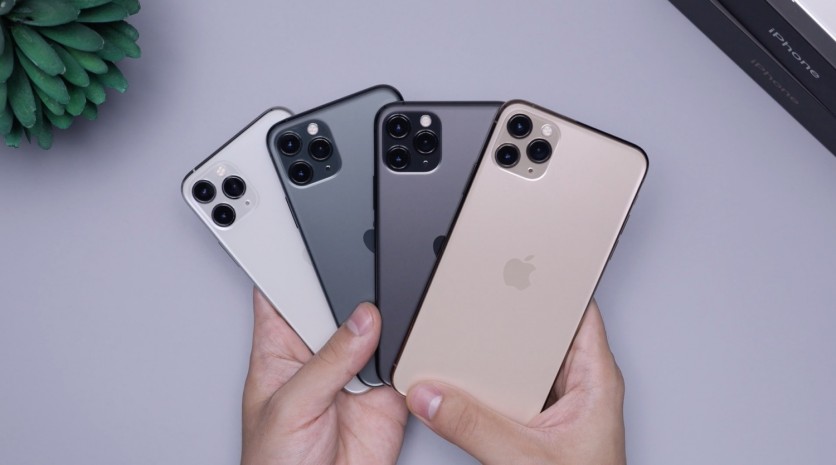Recent IDC research unveils intriguing insights about the smartphone market. The year 2023 is predicted to witness a significant dip in global smartphone shipments, akin to levels last observed in 2013.
However, amidst this shifting landscape, Apple's iPhone is poised to showcase remarkable resilience, poised for market share expansion even as Android faces a decline.
iPhone's Upward Trajectory Amidst Declining Market

Counterpoint Research had earlier projected a similar scenario for the entirety of 2023, envisioning a decade-low in smartphone sales along with Apple's ascendancy. A 6% dip in overall smartphone sales was the anticipation from Counterpoint.
Now, IDC enters the scene, bolstering these forecasts. By year-end, Android is expected to witness a 6.0% decline.
In sharp contrast, Apple is projected to achieve a 1.1% growth, reaching an unprecedented 19.9% market share for its iPhones.
The plunging trend in Android adoption could somehow be attributed to younger users' preferences. Tech Times reported last week that more teens prefer using iPhones over Android since they see the latter as "outdated."
Apple's Resilience in the Ever-Evolving Market
Ryan Reith, Group Vice President of Mobility and Consumer Device Trackers at IDC, emphasizes the significance of Apple's trajectory.
He adds that amid the challenges in the entire smartphone market, it's surprising to see where Apple is headed oppositely.
According to Apple Insider, he attributes this resilience to appealing trade-in incentives and the expansion of "buy now, pay later" schemes. These strategies have notably invigorated the premium market segment, especially in developed economies.
"In 2022, the $800+ segment declined 1.7% while the rest of the market (all phones worldwide) dropped by double digits," continued Reith. "As a result, the used smartphone market has been growing by double digits. This is largely driven by a healthy inventory of very good 'used' phones," Reith says.
Smartphone Market Projected to Recover Gradually
While IDC anticipates a gradual market recovery, it acknowledges that the trajectory won't necessarily mirror the heights of yesteryears. Longer refresh cycles are shaping the rate of growth, impacting the overall trajectory.
As Nabila Popal, Research Director with IDC's Mobility and Consumer Device Trackers, explains, "preventing the total available market from reaching pre-Covid levels."
However, amidst extended device retention cycles, there's a silver lining. Consumers displaying an inclination to retain their devices for longer periods are concurrently demonstrating a willingness to invest in higher-priced models.
This trend is poised to elevate average selling prices for the fourth consecutive year in 2023.
Read Also : Nearly 90% of IT Professionals Agree Using Apple 'Positive' Business Advantage, Survey Says


![Apple Watch Series 10 [GPS 42mm]](https://d.techtimes.com/en/full/453899/apple-watch-series-10-gps-42mm.jpg?w=184&h=103&f=9fb3c2ea2db928c663d1d2eadbcb3e52)


